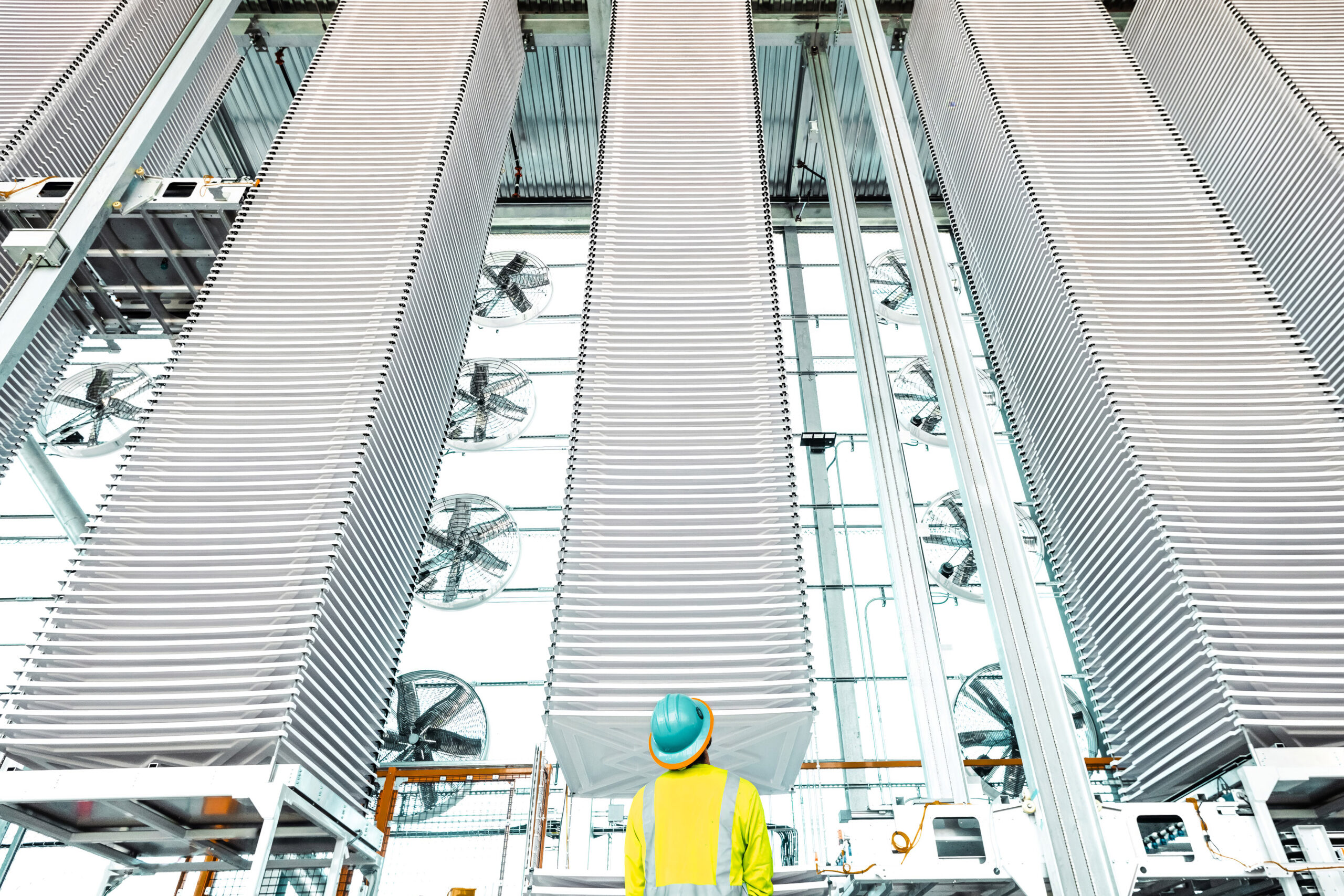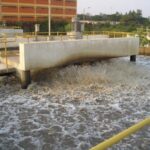Climate change, impacting ecosystems, weather patterns, and biodiversity, demands innovative solutions. Carbon capture technology emerges as a promising response to escalating carbon dioxide emissions, symbolizing a commitment to sustainable environmental coexistence. Heirloom, marking a significant stride in U.S. environmental efforts, has introduced America’s first commercial direct air capture facility. Utilizing limestone, algorithms, and modular scaling, Heirloom’s method is a cost-effective strategy for CO2 removal, setting a new precedent in environmental technology.
Shashank Samala, Heirloom’s CEO and Co-Founder, said, “This first commercial direct air capture facility is the closest thing on Earth that we have to a time machine, because it can turn back the clock on climate change by removing carbon dioxide that has already been emitted into our atmosphere.” Governor Gavin Newsom of California and President Biden’s 2050 net-zero goal are both advanced by this first-of-its-kind domestic DAC plant.
Tracing back to the 1970s, carbon capture technology has evolved significantly. Initially focused on industrial CO2 capture, it expanded into natural gas processing and enhanced oil recovery in the 1980s. The 21st century witnessed diverse capturing techniques and projects validating the technology’s economic and technological feasibility, underscored by the 2015 Paris Agreement.
Established in 2009 by Harvard Professor David Keith, Carbon Engineering innovatively extracts atmospheric CO2 for vehicle fuel. Conversely, Heirloom, a young American company established in 2020, offers carbon removal storage credits, aiding organizations in achieving climate goals.
Heirloom’s DAC plant, capable of absorbing 1,000 tonnes of CO2 annually, signifies a technological leap. The facility has already logged 1,000 hours, enhancing its efficiency in CO2 absorption. 2022 saw the announcement of 27 new projects, signifying a balanced dispersion across sectors, with a combined capacity of 33 million tonnes of CO2 capture.
Despite its potential, carbon capture technology faces hurdles such as high costs, energy demands, and storage issues. Public perception, technological scalability, and long-term storage integrity are also concerns. Criticisms include limited impact on emissions reduction and reliance on fossil fuels. Addressing these issues is vital for aligning with global sustainability and climate change initiatives.
As of January 2023, the Department of Energy’s database reported a total of 417 carbon capture projects, signifying a substantial commitment to addressing climate change through technological innovation. Among these projects, 169 are actively engaged in capturing and storing carbon dioxide, a critical step in reducing atmospheric carbon levels. The remainder of these projects vary in status: some have been completed, marking significant milestones in environmental technology; others are either on hold, representing paused efforts, are potential future endeavors, or have been terminated.
Heirloom’s breakthrough in carbon capture technology represents a pivotal advancement in environmental sustainability. Utilizing innovative methods, this initiative, along with others in the field, is instrumental in combating climate change. Despite challenges, the growing adoption of carbon capture projects highlights a collective commitment to a greener future. These efforts are crucial for reducing greenhouse gas emissions and achieving a climate-neutral world. As such, the success of carbon capture and storage (CCS) is vital for environmental preservation and sustainability.


















